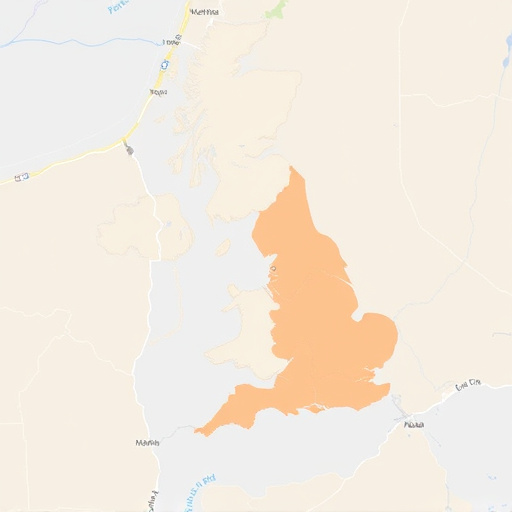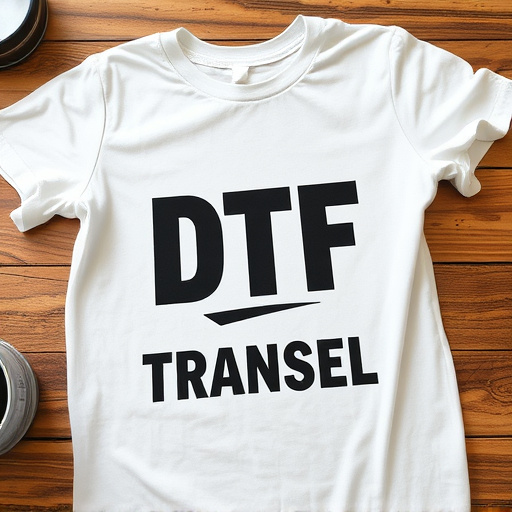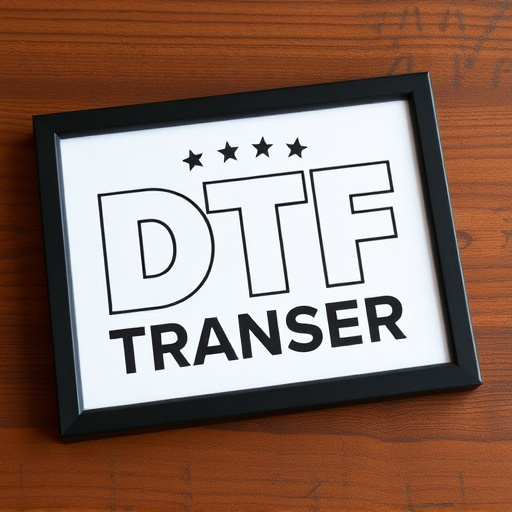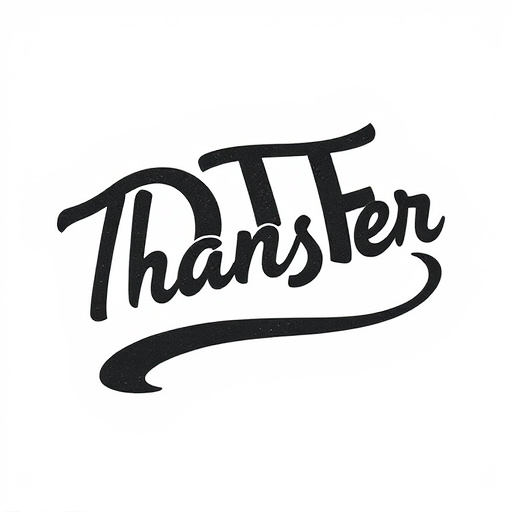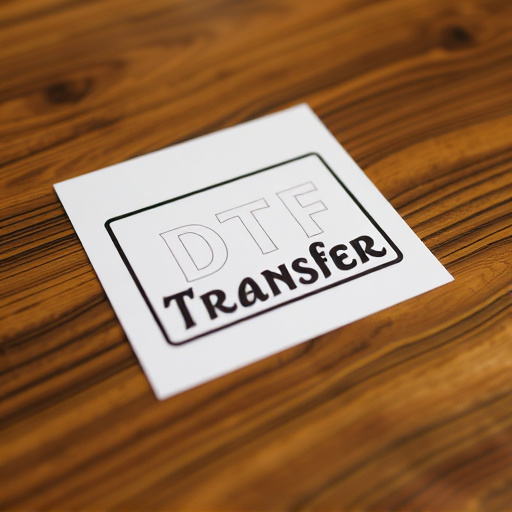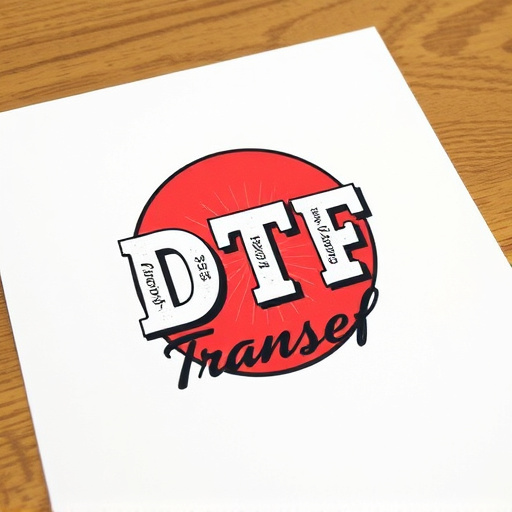Carrier film, essential in Direct-to-Film (DTF) printing, safeguards intricate prints during transfer by preventing ink smudging. Efficient removal is vital for high-quality results, as it ensures a crisp final image with vibrant colors and sharp edges. Techniques include using solvents, heat, or mechanical tools, with testing recommended to avoid damage. Specific equipment like a squeegee, precision scissors, and clean cloth ensure precise film reduction, leading to superior DTF print quality.
After applying a carrier film to DTF (Direct-To-Film) prints, efficient removal is crucial for achieving crisp, high-quality results. This guide explores techniques to navigate common challenges in carrier film elimination, focusing on streamlined processes essential for professionals and enthusiasts alike. We’ll uncover the benefits of a clean transfer process, recommend best practices, and provide insights into choosing the right tools for effective DTF printing.
- Understanding Carrier Film: Its Role and Common Applications in DTF Prints
- Why Remove Carrier Film? Benefits of a Clean Transfer Process
- Common Challenges Encountered During Carrier Film Removal
- Effective Techniques for Efficient Carrier Film Elimination
- Choosing the Right Tools: Essential Equipment for Streamlined Removal
- Best Practices and Tips to Ensure Successful Carrier Film Reduction
Understanding Carrier Film: Its Role and Common Applications in DTF Prints
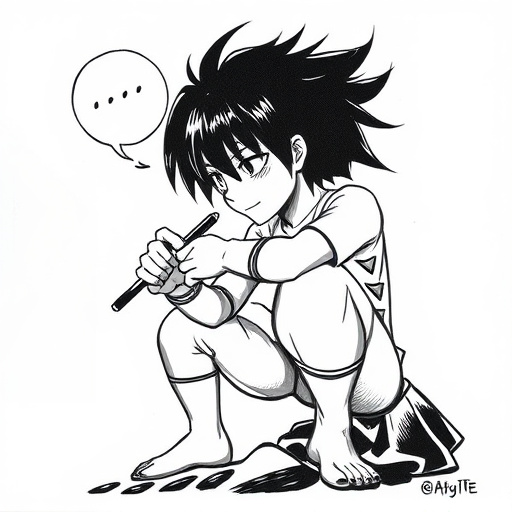
Carrier film plays a crucial role in Direct-to-Film (DTF) printing, serving as a protective layer between the print media and the substrate during the transfer process. Its primary function is to ensure that the intricate details of DTF prints are not smudged or distorted when applying pressure for a secure bond. This thin, flexible film acts as a barrier, preventing ink from bleeding or smearing as the design is transferred onto various surfaces, including glass, acrylic, and metal.
Common applications of carrier film in DTF Prints include facilitating precise and durable transfers on windows, signage, automotive components, and decorative items. By using this technique, businesses can create vibrant, high-resolution prints that are resistant to fading, making them ideal for outdoor use or environments with significant light exposure. Additionally, the carrier film allows for easy removal after the transfer is complete, revealing a crisp, clear image that enhances any DTF printing project.
Why Remove Carrier Film? Benefits of a Clean Transfer Process

Removing carrier film after applying transfers is an essential step in achieving pristine DTF prints. The primary reason for this process lies in ensuring a clean and crisp final product. Carrier films, while serving as protective layers during transfer, can leave behind residue or markings if not properly removed. These remnants can impair the visual appeal and quality of the print, especially when dealing with intricate designs or fine details.
By eliminating the carrier film, you create an unobscured canvas for your DTF prints, allowing every element of the design to shine through. This meticulous step enhances the overall transfer application process, leading to more accurate color reproduction, sharper edges, and a smoother surface finish. Moreover, removing the film prevents potential damage to the print during subsequent handling or finishing stages.
Common Challenges Encountered During Carrier Film Removal

Removing carrier film after a transfer application is a delicate process, often fraught with challenges, especially for those dealing with DTF (Direct-to-Film) prints. One of the primary difficulties lies in achieving complete removal without damaging the underlying substrate or the transferred image. The carrier film, designed to protect the sensitive emulsion during the transfer process, can leave residual adhesive and particles if not carefully handled.
Another common challenge is ensuring even and thorough separation. Inaccurate or hasty removal can lead to bubble formation, delamination, or even permanent damage to the print’s surface. This is particularly true for DTF prints, which are known for their vibrant colors and intricate details. Proper techniques and tools are essential to navigate these obstacles, ensuring a successful outcome that preserves the aesthetic integrity of the transferred image.
Effective Techniques for Efficient Carrier Film Elimination

Efficiently removing the carrier film after a transfer application is crucial for achieving high-quality DTF Prints. One effective technique involves using a specialized solvent, such as isopropyl alcohol or acetone, to dissolve the adhesive holding the film in place. This method requires careful application to avoid damaging the printed surface. Alternatively, heat can be applied using a heat gun or iron set to a low temperature, which causes the film to shrink and peel away from the substrate.
For more delicate materials, a combination of solvent and heat might be needed, but this should be done with extreme caution. Another efficient approach is mechanical removal using a scraper or dull knife, moving in the direction opposite to the film’s initial application. This physical method can be effective, but it demands precision to prevent scoring or damaging the print. In all cases, testing on a small, inconspicuous area of the print is recommended before applying any technique to ensure compatibility and avoid irreversible damage.
Choosing the Right Tools: Essential Equipment for Streamlined Removal

When it comes to removing carrier film after a transfer application, especially for DTF (Direct-to-Film) prints, the right tools make all the difference. A few essential pieces of equipment can streamline the process, ensuring clean and precise results. Start with a high-quality squeegee—a tool that applies even pressure across the surface, helping to lift the film without causing damage or smudges. Look for a flexible yet firm squeegee made from materials like silicone or acrylic to adapt to various surface contours.
Complementing the squeegee, invest in a set of precision scissors or a specialized film removal tool. These enable you to cut and peel away excess film with accuracy, especially around intricate designs or tight corners. Clean cutting tools also minimize the risk of tearing or damaging the printed image. Additionally, a clean, dry cloth or paper towels are indispensable for wiping down surfaces and catching any remaining film residue.
Best Practices and Tips to Ensure Successful Carrier Film Reduction

When dealing with DTF Prints, proper carrier film reduction is key to achieving high-quality results. To ensure success, start by preparing your workspace and materials meticulously. Use a clean, well-lit area with all necessary tools readily available, including precision scissors, adhesive tape, and a flat surface for work. Before initiating the removal process, inspect the transfer application to identify any trapped air bubbles or misalignments, addressing these issues promptly to prevent complications later.
Next, carefully peel away one edge of the carrier film, using gentle yet steady pressure to avoid damaging the printed image. Once a small gap is created, insert a thin tool like a credit card or precision spatula under the film to lift and separate it from the substrate. Move methodically around the print’s perimeter, releasing the film in controlled segments to minimize wrinkles or creases. Regularly check for stuck areas, using tape sparingly to temporarily hold down loose sections while reapplying pressure. Finally, inspect the DTF Print for any remaining film residue, ensuring a complete reduction for optimal visual appeal and durability.




